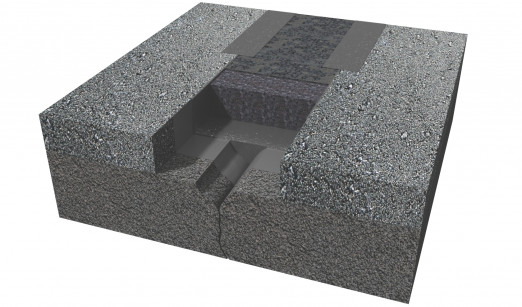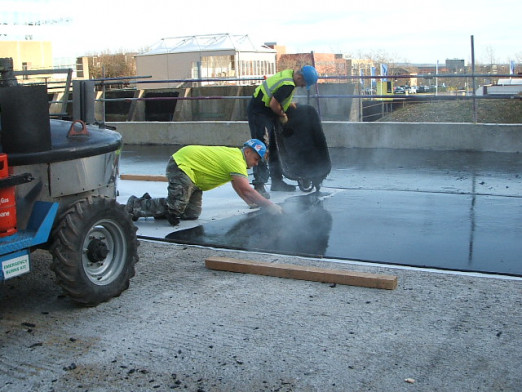It’s pothole season. This time of year is a nightmare for motorists, councils, taxpayers, everyone. Potholes aren’t just difficult to navigate, they’re dangerous and cost us all money. The issue seems to get worse year-on-year. There’s even a National Pothole Day, ‘celebrated’ yesterday, 8th March, created to raise awareness of the problems potholes cause.
In 2016/17 councils repaired an average of 13,468 potholes at a cost of £49-£72 each, according to the Annual Local Authority Road Maintenance (ALARM) survey 2017. On top of that, councils shelled out £6 million in claims caused by the potholes they didn’t get to.
It’s a snowballing issue that’s difficult to handle, and cash-strapped councils have less and less money to tackle them every year. So what can we do about it?
Councils are forced to make rapid repairs to keep roads open, using a quick-to-apply traditional material which is permeable, i.e. it absorbs water. During the spring and summer when the repairs take place, this is not much of a problem. But come winter, the rain, freeze and thaw cycle means it expands and contracts, forming cracks and, inevitably, a new pothole appears – sometimes just months after the repair! This approach may be quick and cheap in the short-term, but long-term it’s costly and ineffective, it wastes taxpayer’s money and endangers road-users.
But there is an alternative. Patch teams could be using mastic asphalt, a modern void-less impermeable repair material, and doing so would solve the problem of water ingress and frost. It takes a little longer to prepare because it requires squaring the edges of the hole to make a clean edge before applying the repair material but it sets quickly so the road is back in use within hours. The result is a lasting repair without resurfacing the entire road.
By choosing the right materials and repair process, we can improve the effectiveness of repairs and save time and money in the long-term. We don’t know what the upcoming ALARM 2017/18 survey will report – due out on 20th March – but with the recent extreme cold weather there’s more stress on our roads than ever. The pothole problem is only going to get worse if we keep tackling it the same, ineffective way.
.JPG)


.png)



.png)